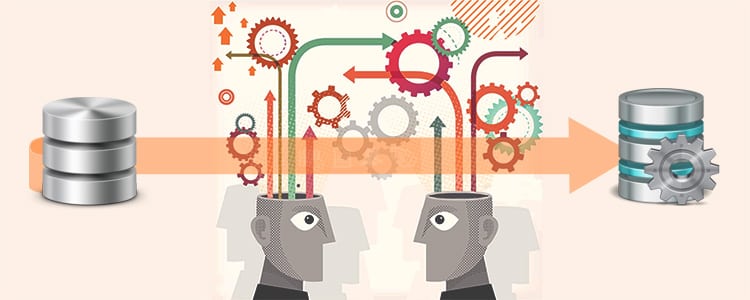
Key Points to Consider for a Successful Database Migration – Part 2
Successful migration depends on a clear strategy and goals, together with a comprehensive plan that covers opportunity identification, planning, testing, implementation, validation and ongoing management. The process must be based on industry best practices, proven methodologies and proprietary tools to deliver a seamless, efficient, secure migration.
Phased migration
We believe that the migration should move through four key stages:
- Discovery and feasibility
- Design and architect
- Implementation
- Production
At the discovery and feasibility stage, the migration team should aim to understand the key business drivers, assess the impact of post-migration changes and analyze the potential return on investment.
During the design and architect phase, the team establishes the infrastructure requirements and gathers information on data sources. They also create detailed schedules for each phase.
The implementation stage should feature a proven test environment to validate and optimize the migration plan, together with training for the staff responsible for maintaining the database.
After the process is completed by a comprehensive health check, it’s important to maintain the benefits of the migration by taking a proactive approach to training and maintenance.
Automate the process
Our automation tool, ZENfraTM, provides useful benefits at each stage. The tool integrates initial assessment, development of a strategic migration plan and pre-migration testing to ensure an end-to-end transition 40 percent faster than traditional methods. ZENfraTM also incorporates best practice and helps eliminate the risk of human error.
Next steps
With the right process and support from a qualified service provider, businesses can migrate databases to public, private or hybrid environments and enjoy the long-term cost, security and operational benefits of cloud deployment.
For more information, please check out the articles and infographics on our website.
